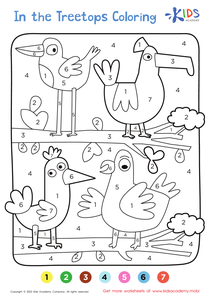Understanding time Grade 3 Addition & Subtraction Worksheets
3 filtered results
-
From - To
Enhance your Grade 3 students' math skills with our engaging Understanding Time worksheets! These printable resources focus on addition and subtraction concepts while helping children grasp the importance of time in their daily lives. Students will solve problems involving clocks and calendars, strengthening their ability to perform calculations related to real-world scenarios. The worksheets include a variety of interactive exercises that promote critical thinking and reinforce math proficiency. Perfect for classroom use or home practice, these worksheets make learning mathematics fun and effective! Help your students master time-related problems and develop essential math skills with our thoughtfully designed worksheets today.
Understanding time is a crucial skill for third graders, intertwined with essential concepts in addition and subtraction. At this age, children are beginning to grasp the complexities of the world, and time plays a pivotal role in their daily lives. Helping students master the concept of time aids their ability to manage schedules, establish routines, and understand basic math principles.
For parents and teachers, this focus emphasizes not only practical life skills but also boosts confidence and fosters independence in children. When children learn to read clocks and understand the relationship between hours and minutes, they are actually practicing addition and subtraction through intervals of time. For example, if a child knows that one hour equals sixty minutes, they can use this knowledge to solve problems that require them to add or subtract time.
Moreover, understanding time reinforces critical thinking, as students learn to plan and prioritize tasks and coordinate activities with others. By cultivating a solid grasp of time, parents and teachers equip children with the tools they need to navigate their environment, thus supporting their overall academic growth and personal development. This fundamental skill lays the groundwork for future learning and helps children become responsible, self-sufficient learners.




















